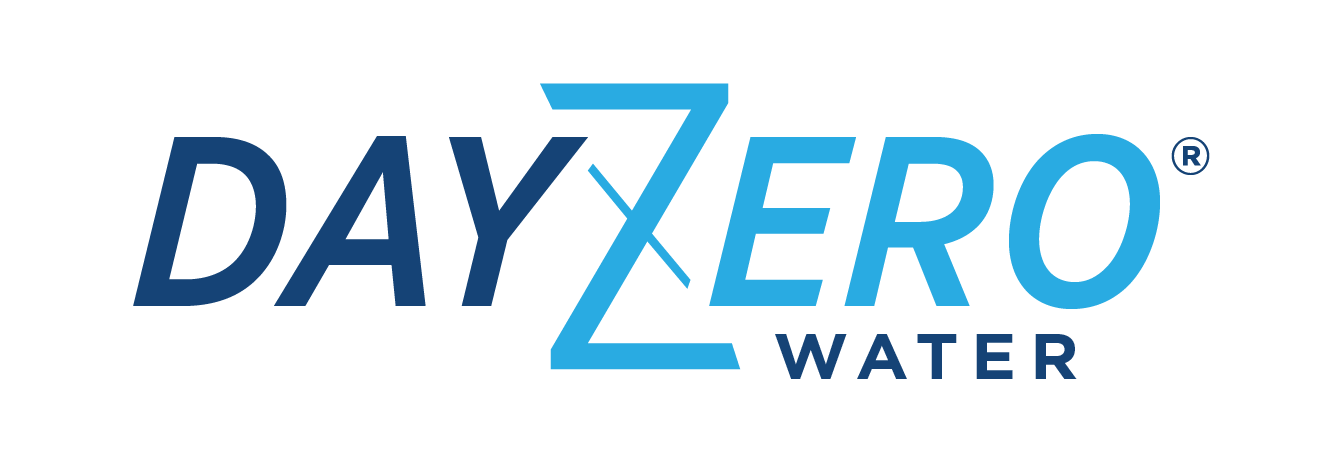WATER BOX PROGRESS REPORT
By Dave Conklin
Last month I wrote about our work to adapt the water box to the conditions that we have encountered in our field test in Uganda. In early December our Ugandan colleagues completed the preparations that they could make for deploying two dozen water boxes to test households. Recruitment of participant households and distribution of the units is planned for January. Meanwhile, here in Oregon my focus has been on creating a mathematical model of the spatial distribution of the ultraviolet light in the water box, to better understand our measurement result, and to help us evaluate proposed refinements. I implemented the model in Visual Basic and Excel. It is running now, and I’ll be happy to share it with anyone who is interested.
While I was working on the model, David Holman outfitted two units with quartz windows so that we can measure the intensity of the UV light after it passes through the water. By comparing UV intensities measured with and without water in the tank, and knowing the depth of the water, these devices also allow us to estimate the UV transmissivity (UVT) of the water, an important value to know when assessing the efficacy of the water treatment.
After a mishap with a leaky window resulted in soaking our UV sensor, David H put some work into repairing the sensor and making it waterproof, so that we can measure the UV directly in the water itself. We also bought a second UV light meter.
Now we are turning our attention to correlating the model output with measured UV irradiance and fluence values. Work is underway in Uganda as well. Before Christmas we sent a package to our colleagues there that contains a UV light meter, another 100 test kits for detecting and measuring coliform contamination, and some tools and spare parts.
